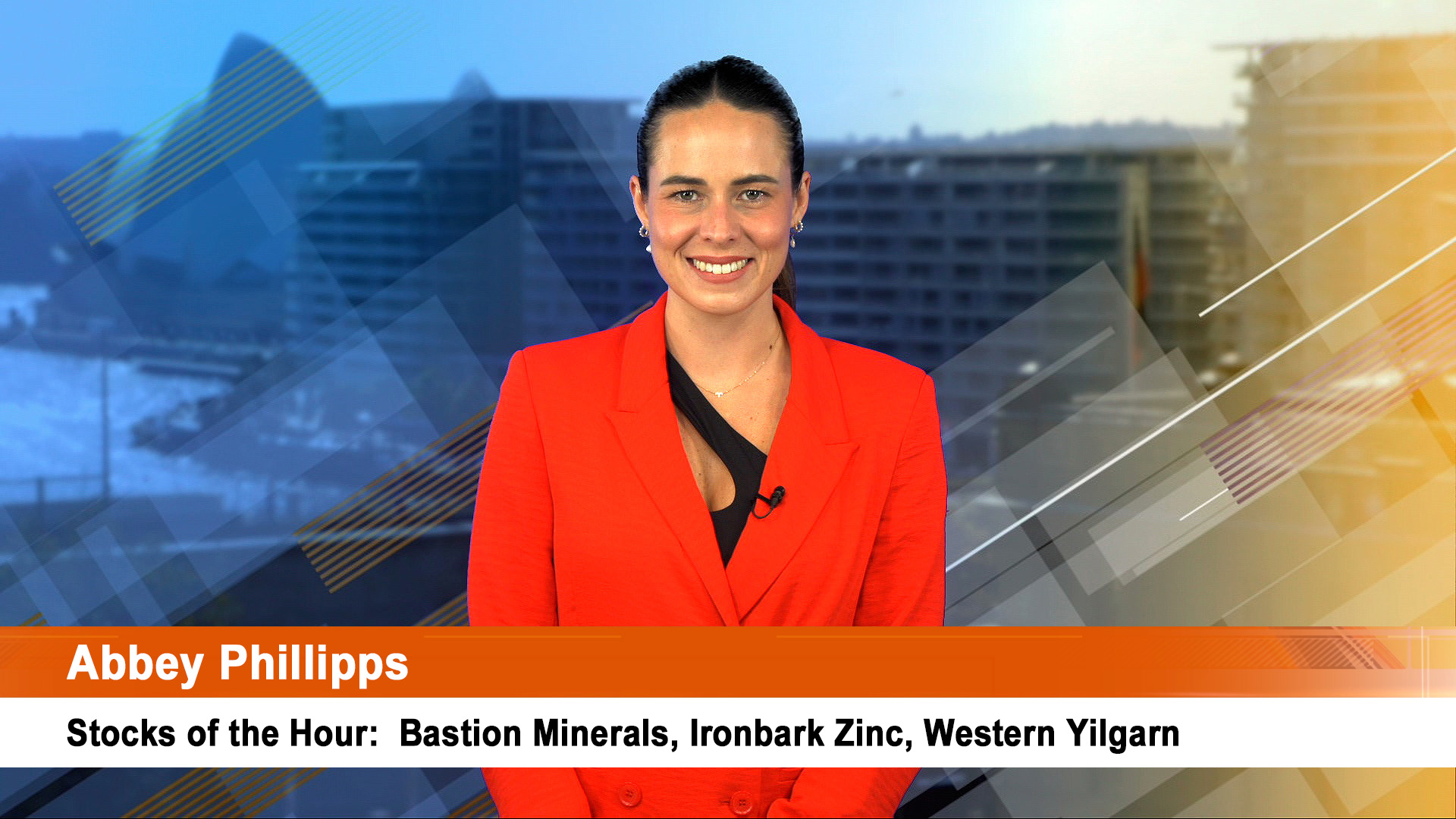Contrary to all the experts in Australia, the US, Europe and elsewhere, the Chinese economy did not collapse in 2016 – yes the 6.7% growth rate was suspicious, but the bottom line is that the pace of economic activity was stronger at year’s end than at the start.
Take crude steel production – one of the more important indicators so far as Australia and local investors are concerned. Production rose 1.2% to just over 808.3 million tonnes – the second highest on record from the 822.70 million tonnes in 2014. A year ago no one saw that happening.
Production in December was 67.2 million tonnes which was up 1.4% on November’s 66.29 million tonnes and 3.2% higher than 64.37 million a year earlier.
Last year a total of 45 million tonnes steel capacity was decommissioned in China and this process could be stepped up this year as the government continues its drive to get rid of unprofitable capacity in steelmaking, coal and iron ore mining (and cut pollution).
China’s crude steel output is forecast to fall to 750-800 million tonnes by 2020.
In 2016, China produced 1.14 billion tonnes of steel products, up 2.3% compared to the previous year; pig iron output increased 0.7% on the year to 700.74 million tonnes.
For December, iron ore imports hit 88.95 million tonnes, down 3.2% from November and from the monthly record of 96.26 million tonnes set in December 2015. Arrivals in December were still the third highest for 2016.
Iron ore imports jumped 7.5%, especially in the final half of the year to a record 1.04 billion tonnes, crossing the billion tonne mark for the first time.
A year ago none of this was supposed to happen, so pervasive was the gloom about the Chinese economy, steel demand, prices (around $US40 a tonne) and demand for iron ore and yet change it did for the better thanks to government stimulus spending, the move to close unproductive steel mills, coal mines and iron ore operations, all of which boosted demand for foreign coal and iron ore.
China’s coal imports surged 25% to more than a quarter of a billion tonnes in 2016, a level not even dreamed of a year ago.
So the world’s second-largest economy grew by 6.7% for the full year and 6.8% in the fourth quarter, down from 6.9% in 2015.
It was the slowest full-year growth figure since 1990 but comfortably within the government’s target range of 6.5%-7% per cent.
Strong bank lending and fiscal spending kept property and infrastructure growing last year, despite a sharp slowdown in investment by private businesses.
Housing helped prop up growth again in the fourth quarter, with property investment rising by 11.1% in December from 5.7% in November, even as house prices showed signs of further cooling in some major cities.
Consumer spending was also strong, with retail sales in December rising at their fastest pace in a year on stronger sales of cars and cosmetics. Car sales though will slow this year as tax breaks for small vehicles gradually unwind.
Fixed asset investment grew 8.1%, the slowest pace since 1999, as investment by private firms slowed again in December on a monthly basis.
China’s industrial output expanded 6% year on year in 2016, with output of steel and power higher over the year.
China’s retail sales grew 10.4% year on year in 2016 , the same as that in the first three quarters, official data showed Friday.













